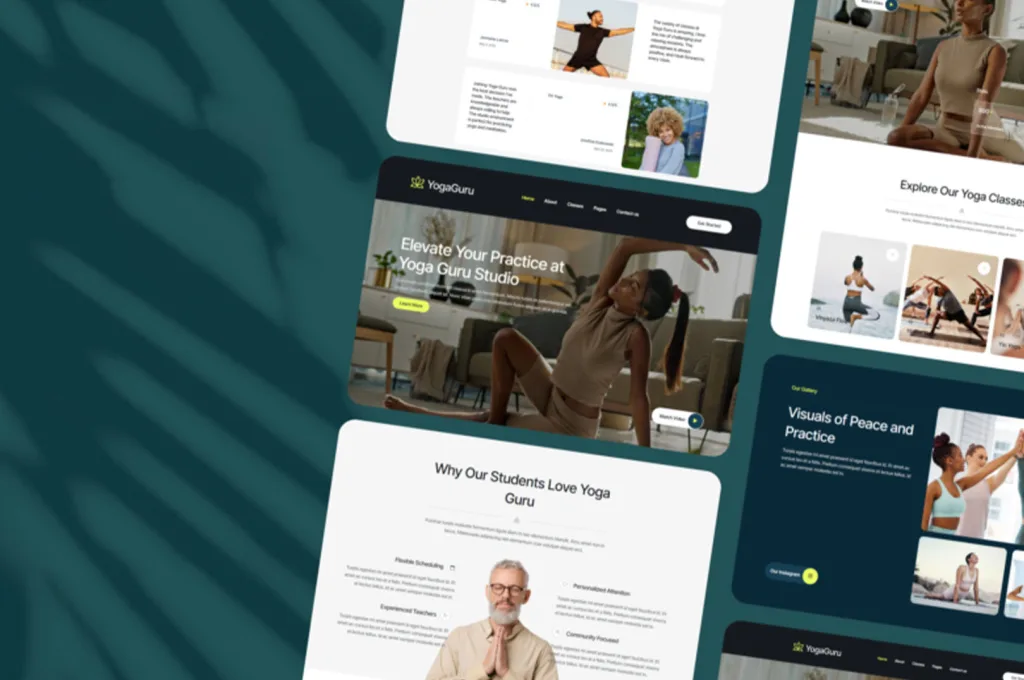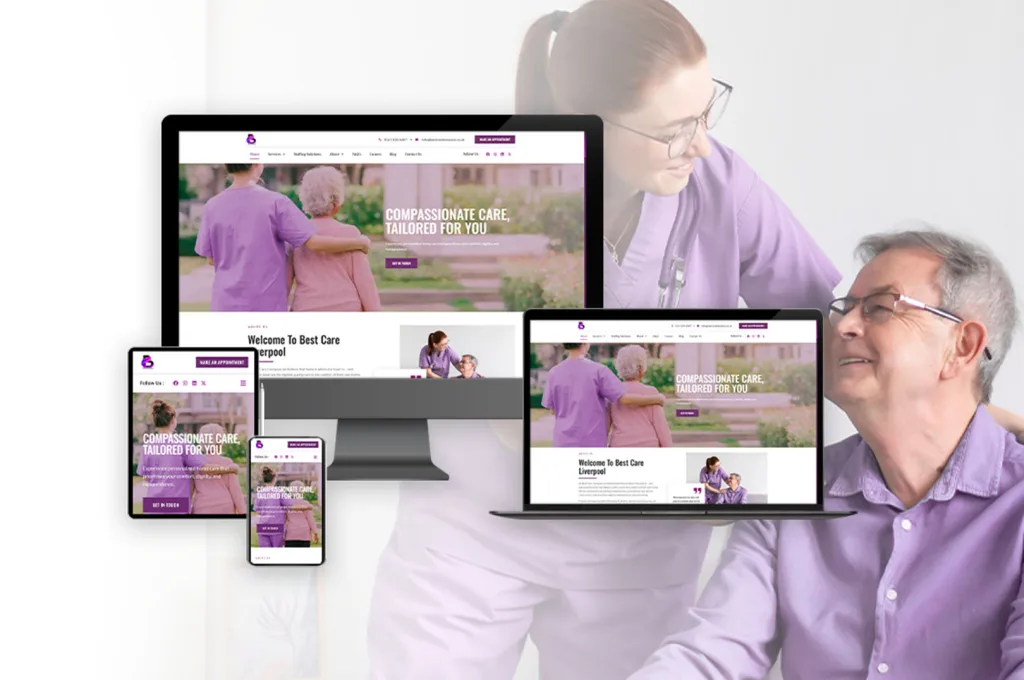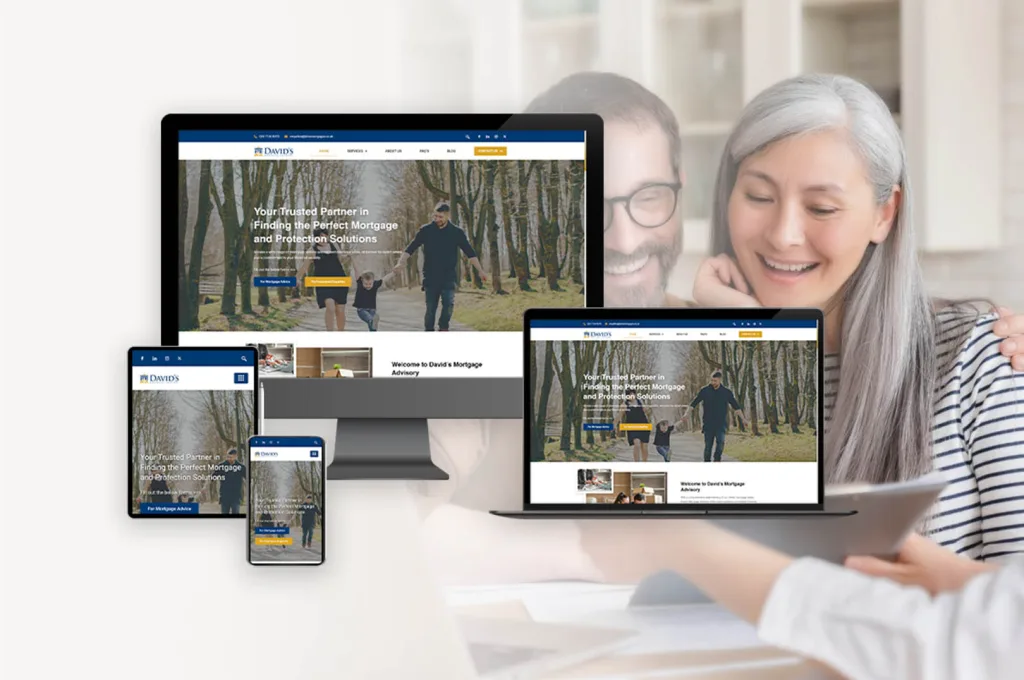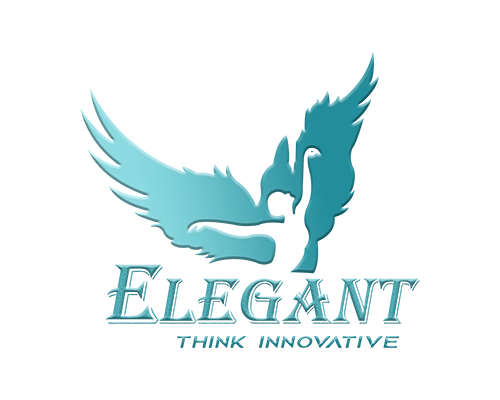Professional Lawyer/ Legal Website Design
Professional Lawyer/ Legal Website Design
Introduction
Welcome to Professional Lawyer/Legal Website Design! We are a team of experienced web designers and developers who specialize in creating custom websites for lawyers and legal professionals. Our goal is to provide you with a website that is both visually appealing and easy to navigate, while also providing the necessary information and resources to help you succeed in your practice. We understand the importance of having a website that accurately reflects your brand and values, and we strive to create a website that will help you stand out from the competition. With our expertise and knowledge, we can help you create a website that will help you attract new clients and grow your practice.

How to Create an Engaging Professional Lawyer Website Design
Creating an engaging professional lawyer website design is essential for any law firm looking to attract new clients. A well-designed website can help to establish credibility and trust, while also providing potential clients with the information they need to make an informed decision. Here are some tips for creating an effective website design for your law firm.
1. Choose a Professional Design: The design of your website should be professional and reflect the values of your law firm. Choose a design that is clean and modern, with a focus on usability. Avoid flashy graphics and animations, as these can be distracting and take away from the professionalism of your website.
2. Use Quality Content: Quality content is essential for any website, and this is especially true for a law firm website. Make sure that all of the content on your website is accurate and up-to-date. Include information about your firm, its services, and any relevant legal news.
3. Optimize for Mobile: Mobile optimization is essential for any website, and this is especially true for a law firm website. Make sure that your website is optimized for mobile devices, so that potential clients can easily access your website from their phones or tablets.
4. Include Contact Information: Make sure that your contact information is prominently displayed on your website. Include your address, phone number, and email address so that potential clients can easily get in touch with you.
5. Utilize Social Media: Social media is a great way to engage with potential clients and build relationships. Make sure to include links to your social media accounts on your website, so that potential clients can easily follow you and stay up-to-date with your law firm.
By following these tips, you can create an engaging professional lawyer website design that will help to attract new clients and establish trust with potential clients.
The Benefits of Investing in Professional Lawyer Website Design
Investing in professional lawyer website design is an important decision for any law firm. A well-designed website can help to attract new clients, build trust, and increase visibility in the legal industry. Here are some of the key benefits of investing in professional lawyer website design.
First, a professional website design will help to create a strong first impression. Potential clients will form an opinion of your firm based on the look and feel of your website. A professional website design will ensure that your firm is presented in the best possible light.
Second, a professional website design will help to build trust with potential clients. A website that is well-designed and easy to navigate will give potential clients confidence in your firm’s ability to handle their legal matters.
Third, a professional website design will help to increase visibility in the legal industry. A website that is optimized for search engines will help to ensure that your firm is seen by potential clients.
Finally, a professional website design will help to create a more efficient workflow. A website that is designed with the user experience in mind will help to streamline the process of finding information and contacting your firm.
In conclusion, investing in professional lawyer website design is an important decision for any law firm. A well-designed website can help to create a strong first impression, build trust, increase visibility, and create a more efficient workflow.
Tips for Optimizing Professional Lawyer Website Design for SEO
1. Utilize Keywords: Identify the keywords that are most relevant to your practice and use them throughout your website. This includes in the titles, headings, and body of your content.
2. Create Quality Content: Quality content is essential for SEO success. Make sure your content is well-written, informative, and engaging.
3. Optimize Your Images: Optimize your images with relevant keywords and descriptions. This will help search engines understand what your images are about and rank them accordingly.
4. Use Internal Links: Linking to other pages on your website helps search engines understand the structure of your website and how it is organized.
5. Utilize Structured Data: Structured data helps search engines understand the content on your website. Make sure to include structured data on your website to help search engines better understand your content.
6. Optimize Your URLs: Make sure your URLs are optimized with relevant keywords. This will help search engines understand what your page is about and rank it accordingly.
7. Utilize Social Media: Social media is a great way to increase your visibility and reach a larger audience. Make sure to link to your social media accounts from your website and post regularly.
8. Monitor Your Performance: Monitor your website’s performance with tools such as Google Analytics. This will help you identify areas of improvement and make changes accordingly.
The Latest Trends in Professional Lawyer Website Design
In today’s digital age, having a professional website is essential for any law firm. A website is the first point of contact for potential clients, and it is important to make a good impression. To ensure that your website stands out from the competition, it is important to stay up-to-date with the latest trends in professional lawyer website design.
One of the most important trends in professional lawyer website design is the use of high-quality visuals. Professional photographs, illustrations, and videos can help to create a more engaging experience for visitors. Additionally, using visuals that are relevant to the law firm’s services can help to create a more memorable experience.
Another trend in professional lawyer website design is the use of interactive elements. Interactive elements such as forms, quizzes, and surveys can help to engage visitors and provide valuable insights into their needs. Additionally, interactive elements can help to create a more personalized experience for visitors.
Finally, it is important to ensure that your website is optimized for mobile devices. Mobile optimization is essential for any website, as more and more people are using their phones and tablets to access the internet. Ensuring that your website is optimized for mobile devices will ensure that visitors have a positive experience regardless of the device they are using.
By staying up-to-date with the latest trends in professional lawyer website design, you can ensure that your website stands out from the competition and provides a positive experience for visitors. High-quality visuals, interactive elements, and mobile optimization are all essential components of a successful website.
How to Use Professional Lawyer Website Design to Increase Client Engagement
As a lawyer, having an effective website is essential for increasing client engagement. Professional lawyer website design can help you create a website that is both attractive and informative, allowing potential clients to learn more about your services and contact you for assistance. Here are some tips for using professional lawyer website design to increase client engagement.
1. Make sure your website is easy to navigate. Potential clients should be able to find the information they need quickly and easily. Use a simple layout with clear navigation menus and labels.
2. Include a contact form. Make sure your website includes a contact form so potential clients can easily get in touch with you. Include a brief description of the services you offer and a link to your contact information.
3. Include a blog. A blog is a great way to keep potential clients informed about your services and any changes in the law. Make sure to include relevant keywords in your blog posts to help potential clients find your website.
4. Use high-quality images. Professional images can help make your website more attractive and engaging. Make sure to use images that are relevant to your services and that are of high quality.
5. Include testimonials. Testimonials from past clients can help potential clients feel more confident in your services. Make sure to include testimonials from clients who have had positive experiences with your services.
By following these tips, you can use professional lawyer website design to increase client engagement. With an attractive and informative website, potential clients will be more likely to contact you for assistance.
Conclusion
Professional Lawyer/Legal Website Design is an essential tool for any law firm or legal practice. It provides a platform for lawyers to showcase their services, build trust with potential clients, and increase their visibility in the legal industry. With the right design, a lawyer can create a website that is both attractive and informative, helping to attract more clients and build a successful practice. By utilizing the latest technologies and design trends, a lawyer can create a website that is both professional and effective.
If you’re looking for a professional lawyer or legal website design, look no further than Elegant! Their team of experienced web designers will create a website that is tailored to your needs and will help you stand out from the competition. Click here to get started today!
FEATURED POSTS
-
 Elegant Shines at BestWeb.LK 2025 with 4 Prestigious Awards
Elegant Shines at BestWeb.LK 2025 with 4 Prestigious Awards -
 Why Every Bakery Needs a Professional Website
Why Every Bakery Needs a Professional Website -
 Why Yoga Instructors or Yoga Institutes Should Have a Professional Website
Why Yoga Instructors or Yoga Institutes Should Have a Professional Website -
 How a Mobile Friendly Website Can Boost Your Sales
How a Mobile Friendly Website Can Boost Your Sales -
 ELEGANT Launches New Website for Best Care Liverpool
ELEGANT Launches New Website for Best Care Liverpool -
 ELEGANT Launches New Website for David’s Mortgage Advisory Ltd with a Fresh, Professional Look
ELEGANT Launches New Website for David’s Mortgage Advisory Ltd with a Fresh, Professional Look
Professional Lawyer/ Legal Website Design Read More »












